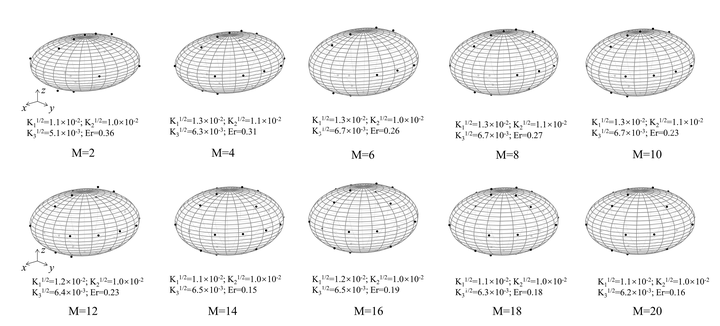Existence of REV in Different Fractured Rocks Based on Permeability Analysis

Abstract Whether the hydraulic conductivity representative elementary volume (KREV) exists is a fundamental question for understanding the hydraulic behavior of fractured rock masses. The fracture density and size of rocks vary greatly, and are the two most important parameters affecting the existence of a REV. Based on The International Society for Rock Mechanics (ISRM) classification suggestions, the 3D DFNs of 35 representative rocks are established with the Monte Carlo method. The water flow in the DFNs is simulated with the finite difference method. The equivalent conductivities of each rock are calculated in 10 domain sizes and 21 different flow directions; and the optimum conductivity ellipsoid and the fitting errors of the equivalent directional conductivity vectors are analyzed to determine the existence and size of the REVs. A REV is more likely to exist in rock masses with a high fracture density and persistence. Under uniform fracture persistence, greater spacing reduces the likelihood of encountering a REV within fractured rock. Blockiness is a 3D indicator that can reflect the combined effects of persistence and density on the existence and size of the REV. The REV of a fractured rock mass exists when B ≥ 0.5%. The KREV does not exist when B < 0.1%. The existence of a KREV is uncertain when 0.1% < B < 0.5%, which requires further analysis based on the fit error of the conductivity ellipsoid and the variation in hydraulic conductivity with domain dimension.
- More Information - PDF.